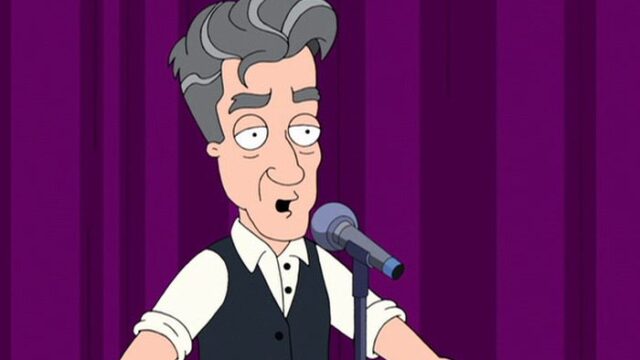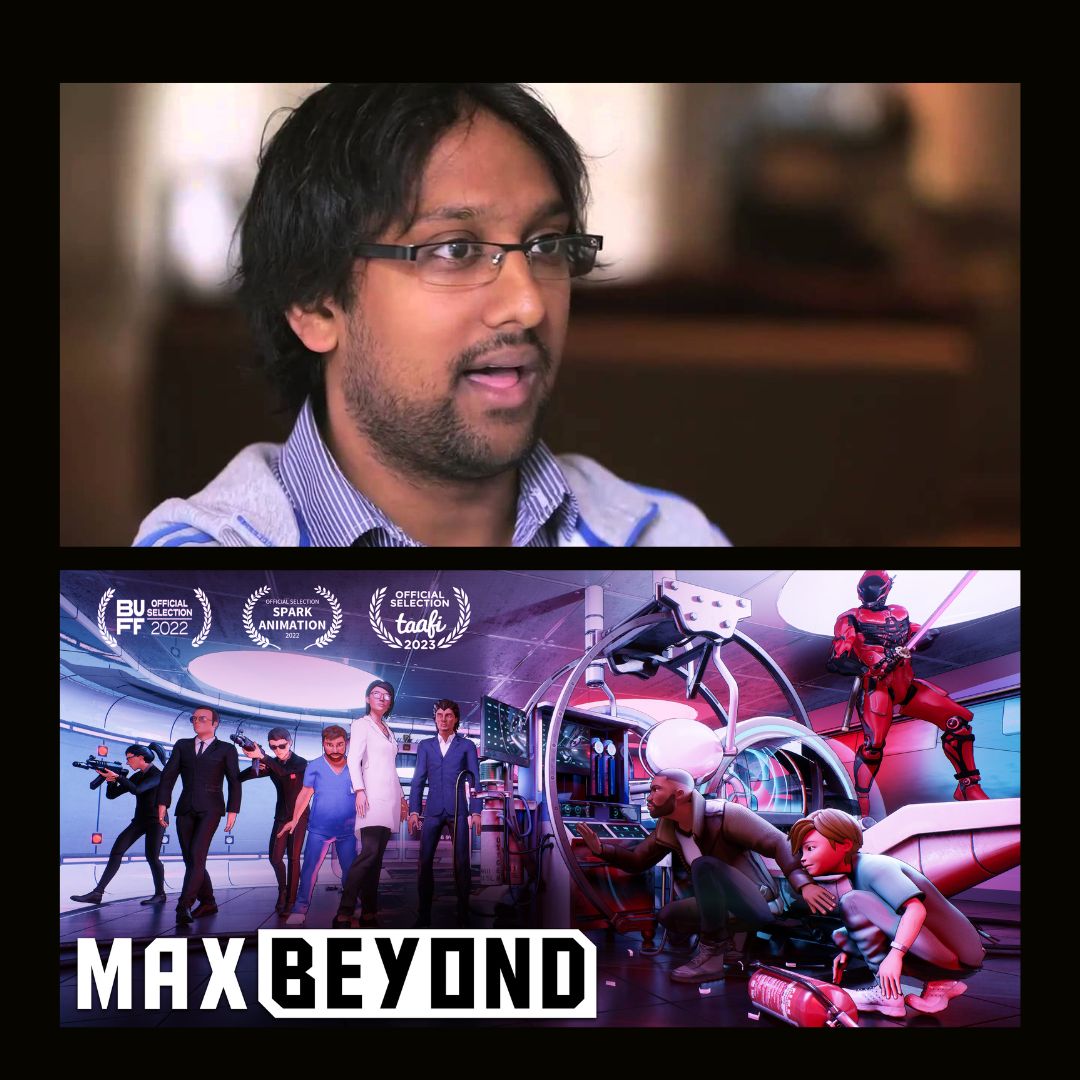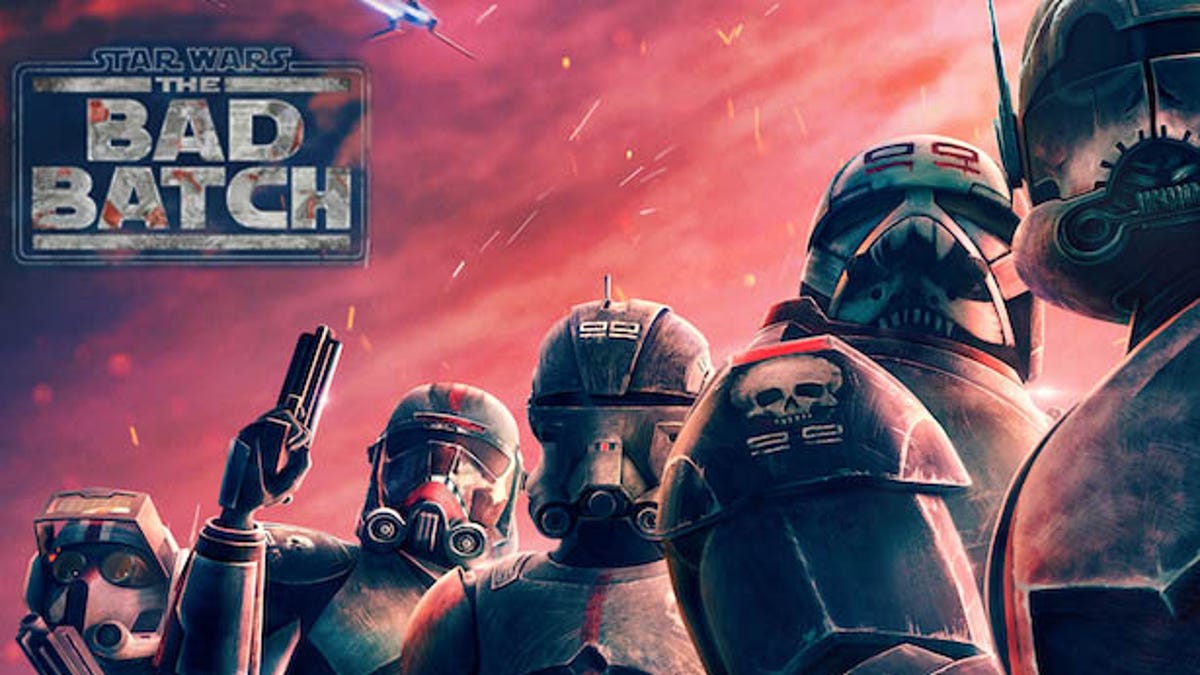Exclusive Interview: Attack of the Demons Director Eric Powers
Being a cut-paper filmmaker is hard, not only because the filmmaking process is time intensive and requires a kind of creativity that not many people possess, but also because the handful of stories that are brought to life in this unique style rarely escape the shadow of Matt Stone and Trey Parker’s hit comedy series. Still, paper wizard Eric Powers is doing pretty good for himself. After a successful premier at Cinepocalypse last year, his handmade zombie experience is making its way around the independent film world. In this exclusive interview, Powers reflects on the struggles of developing this record-setting film while looking ahead to a bright future.
Tim: Attack of the Demons has been described as South Park meets Evil Dead. Do you think that’s an accurate description, or do you feel it is selling your work short?
Eric: I’ve never really enjoyed being compared to South Park since I feel like I’m trying to do something different. But I understand the reason why people see the similarity. It makes sense to me, but it’s something that I’m constantly trying to kind of get away from.
Tim: I can imagine, especially since it doesn’t happen often that one studio, creator or creation gets to dominate a single medium in popular imagination. How does your approach differ from Matt Stone and Trey Parker’s?
Eric: I feel like my sensibility as a filmmaker is different. I want to tell different types of stories. Our use of humor is also really different. The idea of what an adult animated show or movie should look like or can look like — it’s so wide open, so I want to tell stories that aren’t in that vein, that gross-out humor.
Tim: Every artistic medium possesses unique qualities, qualities that no other medium possesses. What creative freedoms does cut-out animation offer that traditional, hand-drawn animation cannot?
Eric: I feel like the way I approach cut paper animation is sort of similar to the way traditional hand drawn animation was made, because I shoot my stuff in layers, although I don’t have to draw every single frame as the character models are used throughout the entire shoot. On the other hand, if I want to do something like a character turning their head, or make a complicated hand gesture, it involves quite a bit of work because you have to cut out all the inbetweens. It has its challenges and its strength, and the big challenge for me is trying to find a way to make it feel like a real film, and not just something very simple. The impression of cut paper animation is that it is simple. I’m trying to break away from that, to see how complex I can actually get.
Tim: When it comes to cut paper animation, you are one of the most skilled and experienced artists in the business, as far as I’m aware. How did you get into this niche?
Eric: I got into doing music videos. I wanted to do a sort of folk style, which was intended to be very, very simple, for one of my first cut paper music videos, because I wanted it to look handmade and almost childlike. Then I fell in love with it and realized that I can do a bit more with it, and it just grew from there.
Tim: Were there any specific music videos that inspired you?
Eric: It’s been a while. I don’t feel like I saw anything that was using cut paper and wanted to do it. The first one I’m talking about — I was doing a story about Shiva and the Hunter, and I was thinking about traditional art from way back in the day when you know that story would have been originally told. I was kind of influenced by Indian art. It was very two dimensional and flat, and I was like, Hey, that’s kind of cool; I’ll use paper for this. That song Oh Mandy, I remember being pretty impressed by their uses of cut out photographs, way back in 2007.
Tim: Could you tell me a little bit more about the kinds of things you use software for?
Eric: I use Dragonframe stop-motion to shoot all this stuff, which it’s a great program. It’s pretty inexpensive, too. You can shoot animation and it immediately goes into the computer so you can see your work as you shoot it. When I did my first stop motions, I couldn’t see how I was shooting until I finished my shot. It’s an excellent tool.
Tim: For our readers who may or may not necessarily be familiar with the terminology — when you say you use software to composite something, what does that mean?
Eric: For example, I shoot my characters on a green screen, so that I can isolate them, and then layer it. Every bit of animation in the shot is shot and separately, and then combined, so that I can put my backgrounds on and layered animations on top of it. My first film was almost all in camera using glass layers dividing animation, but the things I could do by isolating the animation took things to the next level.
Tim: When I myself am working on a creative project using techniques I have never used before usually, I go into it with blindly, and I just try my hand at it and as I start working on different projects, using the same techniques again, I often realize that there are ways that I can do things differently and more efficiently. Did you have a similar experience as you learned more about how to do cut paper animation?
Eric: 100%. Let’s say there are two characters walking past each other. The moment they cross, the paper has to be stacked on top of each other. That is very tricky, because you have all these joints of movement, and to make it look like they’re actually passing each other in a very smooth way you have to manipulate the character behind the other character. This is very difficult to do when everything’s stacked — you’re creating shadows where you don’t want them. So just learning that I could do this green screen technique was pretty much an epiphany, and opened up the doors for shots that I could never have done before.
Tim: What’s the most ambitious scene or sequence that you’ve ever made?
Eric: I think that’s the stuff I’m doing lately. stuff that’s actually unreleased, because I recently upgraded my computer. I made Attack of the Demons on a 10 year old MacBook Pro, and I couldn’t dream up the shots that I’m doing now because the computer just wouldn’t let me layer so many things. It just slows it down to the point where you can’t even use the computer. Now that I have this new computer, I can have like 50 background layers if I want.
Tim: What about Attack of the Demons — what was the most difficult scene in that movie?
Eric: I would say the hardest scene was the cabin attack, since there are just so many shots and I made the film so quickly. But that’s just a matter of the sheer number of shots. As far as individual shots go, that would probably be towards the end — I wasn’t sure how it’s gonna pull off the scale of that and that was pretty challenging. Plus this one character model was so huge I didn’t even have a surface to properly he was just so big.
Tim: How did you solve that problem?
Eric: Just by shooting it kind of in sections where his head is shot separately from his body and the characters are all shot separately.
Tim: One of the things that I noticed while I was watching the movie is the joy with which you make things explode. It’s very detailed and precise — you can really see the individual organs and tissues just flying off one by one.
Eric: I was sad to destroy the owl, because I really liked it. I was like, I guess I have to destroy you today.
Tim: When a character model gets destroyed on screen like that, like you actually, physically destroy it?
Eric: Sometimes I have to do a bunch of replacement animation for something like that. But often, especially with a lot of these demons, I ended up actually destroying them. So it’s a little nerve wracking, because if you don’t get it right, you just destroyed the model that took you hours.
Tim: Have you been in that spot where you’ve destroyed them and then afterward, when you’re reviewing the footage, you go like, Fuck, it’s not quite the way I want it to be. Guess it’s back to cutting and pasting.
Eric: I definitely had to recreate characters in the past.
Tim: I bet there are some models you could probably make with your eyes closed now, then.
Eric: I imagine there are. It doesn’t happen too often that I have to remake them, though.
Tim: When you were younger, did you ever work with similar stop motion techniques, cut paper or other? Was that something you enjoyed doing in your youth?
Eric: Well, I didn’t start animating till I was about 16. I never played around with that. It was actually claymation which made me realize I really enjoy doing stop motion. It’s almost like magic when you bring your characters to life for the first time. You watch the footage back like wow, they’re alive now. I fell in love then that back in 2000 or 2001.
Tim: What was your first animated film about?
Eric: It was just a little clay guy coming to life and looking for dinner. He mistakes my foot for a chicken and tries to kill it, and I end up finding him.
Tim: I guess you might say that, in the battle between paper and clay, clay lost. Why?
Eric: For me, it was financial. While I would love to make a huge claymation feature, it’s just so much more expensive than paper, and you got to build these big elaborate sets. I also don’t have a lot of space to work.
Tim: For our fellow indie creators out there, could you talk me through a little bit of the distribution process of Attack of the Demons?
Eric: The film premiered last year at Cinepocalypse. The guy that screened it the first time, Josh Goldbloom, contacted me later asking if I had a sales rep and so I ended up going with him. He found our distributor. The film is now on VOD and should be coming to physical media next year and hopefully expand other territories outside the US.
Tim: Why does the story take place in 1994, of all places in time?
Eric: I wanted to make a film that was inspired by my love of 70s and 80s and early 90s films. It was the early 90s when I was coming of age. I remember going to the arcade and playing video games and watching movies and so the characters are really into that sort of stuff. I wanted to place it in that time period because to me, it felt warm. I understand that time since I lived in it and can empathize with the characters — the films they loved, being like the only person at the arcades, and just having like your own little thing that a lot of people probably didn’t really understand. I also wanted to do away with technology and truly isolate the characters and there wasn’t an easy solution to that problem. They’re stuck in this valley where all this horrible stuff is happening and they can’t contact the outside world, so it was also pragmatic.
Tim: What this film, what was this film originally supposed to look like? When the idea first started forming? And how did that change over time?
Eric: It was hard for me to figure out what it was going to look like originally, because I had the idea back in 2011. It was a very loose idea, and I ended up making my samurai film first because I didn’t feel like I had the skills to pull off Attack of the Demons yet. I thought the samurai film would be easier since it takes place mostly in nature and didn’t have to worry about big cities or huge crowds. In 2015, I told Andreas Peterson about my idea and he fleshed out the world a bit better as a writer. We came together and the vision started to solidify.
Tim: Moving forward to different projects, what would you say are the biggest lessons that Attack of the Demons has taught you as a filmmaker?
Eric: I think it’s given me more confidence, just knowing that people are down to watch something that has a different vibe than a lot of the adult animation we get in America. I want to pursue that and go a little farther until maybe we’ve got some films that are a bit more philosophical, less to do with horror and more to do with questioning life. With every project, you learn new techniques. My biggest new technique is incorporating a bunch of watercolor and various kinds of mixed media in my animation, so I feel like the next film — there’s no way anyone could compare it to South Park.
Tim: I love cut paper animation, and am all for spreading more awareness about the medium so people can know more about it than just South Park. To that end, are there any other movies in this style that you would recommend?
Eric: There is one woman, Tess Martin, she’s an animator. I don’t know where she’s based because she seems to move around a lot, but she makes some beautiful work with silhouettes and paint-on-glass. I’ve also got a friend, Brandon Ray, who’s done some stuff for Sesame Street. They’re sprinkled out there. You can probably do a search for paper stop motion and find any number of great stuff. A lot of it seems to be in that short film category, music videos or advertisements. I’m not aware of anyone that’s done full features like I have, but I’m sure it’s coming. There’s somebody out there that’s working alone, I’m sure of it.
This interview was edited and condensed for clarity.


























Hi Ashley, thank you so much for reading and we love the feedback. Note that on that day we had 14th posts go up and only ten posts show on the front page, so it's possible the preview had already been archived by the time you got to it. One recommendation would be to add our RSS feed to your favorite news aggregator service like Feedly, this way you get all of the latest posts!